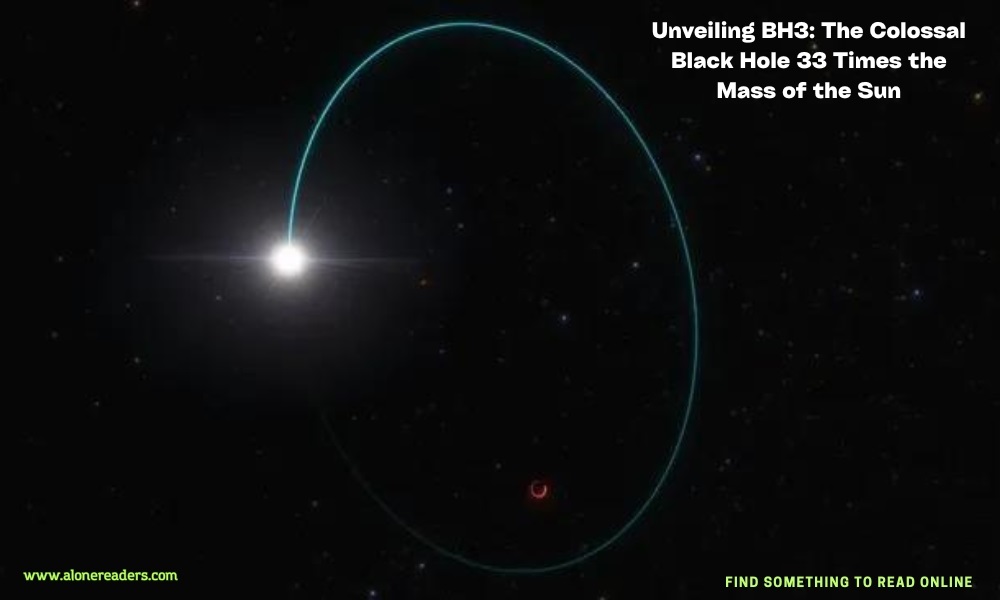
In a groundbreaking discovery that propels our understanding of stellar phenomena, astronomers have identified a new stellar black hole within the Milky Way, now known as BH3, which possesses a mass approximately 33 times greater than that of the Sun. This revelation has significant implications for the scientific community's grasp on the formation and evolution of massive celestial bodies.
BH3 was detected using the astrometric data from the Gaia satellite, a mission spearheaded by the European Space Agency (ESA) to chart a three-dimensional map of our galaxy. This stellar black hole stands out due to its enormous mass, which challenges previous theories about the maximum size of black holes that can form from collapsing stars without triggering a supernova explosion. The discovery was made possible by identifying the gravitational effects of BH3 on its surrounding environment, a technique that allows astronomers to infer the presence of these invisible phenomena.
The sheer size of BH3 pushes the boundaries of existing scientific models. Traditional theories suggest that stars with masses exceeding 20 times that of the Sun end their lifecycle by collapsing into black holes, while those that are significantly larger often blow away their outer layers, leaving behind less massive remnants. However, BH3's existence implies that there are yet-to-be-understood processes allowing for the formation of larger than anticipated black holes from massive stars.
Further investigations into BH3 will focus on its properties and the dynamics of its formation. The analysis of such a massive black hole provides a unique opportunity to test theories of stellar evolution and to understand more about the life cycles of the most massive stars in our universe.
The discovery also enhances the capabilities of current and future observatories, which will refine our methods of detecting and studying these elusive cosmic entities. As technology and methodologies advance, astronomers anticipate uncovering more such black holes, which will undoubtedly expand our knowledge of the cosmos.
This discovery of BH3 not only deepens our understanding of black hole formation but also prompts a reevaluation of the models used to describe the dynamics of our galaxy. It highlights the continuous nature of astronomical discovery and reaffirms the importance of international collaboration in the pursuit of understanding our universe.